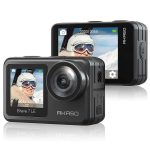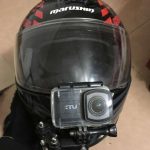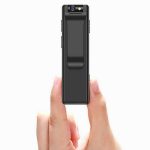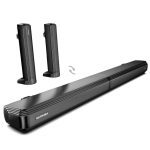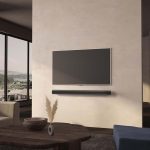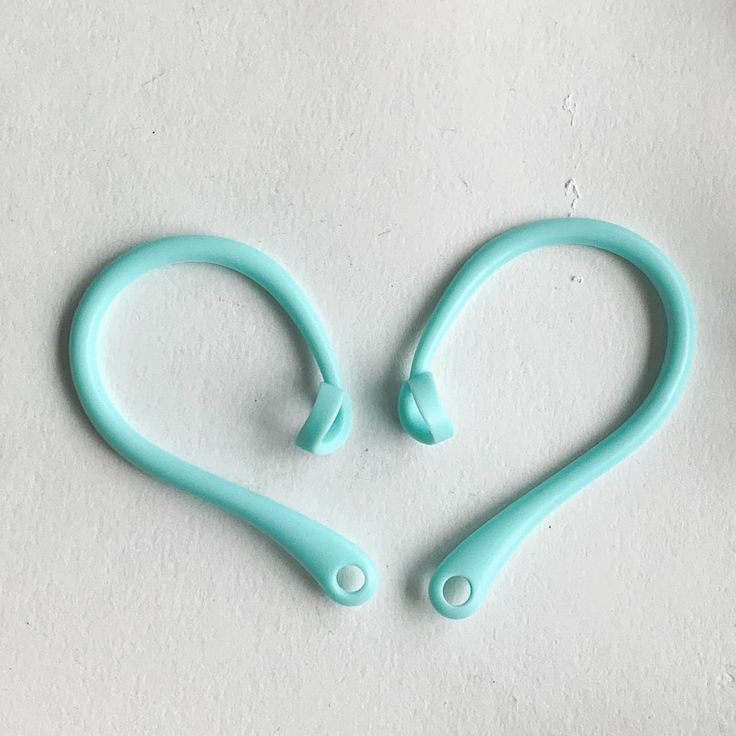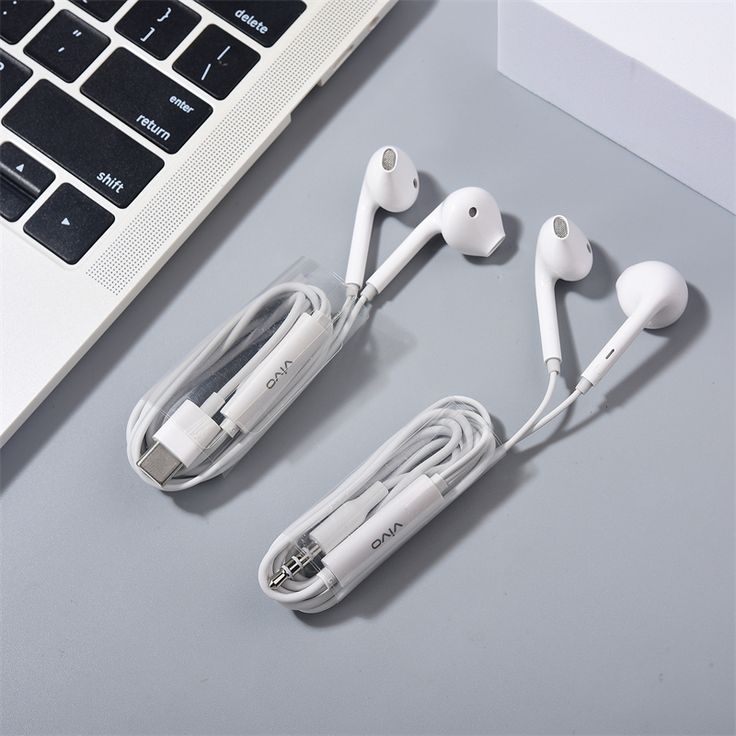The Rise of USB C and the Vanishing Earphone Jack
In recent years, we’ve seen a significant shift in the world of tech connectors. The USB C port, known for its fast data transfer and charging capabilities, is now commonplace. Many of the latest smartphones and laptops feature this versatile connector. As USB C rises in popularity, the traditional earphone jack is disappearing.
This change has led to a new demand for adaptors that connect earphone jacks to USB C ports. Users who have headphones with a 3.5mm jack now require a ‘usb c to earphone jack’ adapter to continue using their audio devices with modern technology.
Manufacturers have responded to this shift by removing the earphone jack from their devices. This makes the devices slimmer and allows more space for other features. Consumers are now pushed towards USB C or wireless audio solutions. The transition brings clear audio and quicker connectivity, but also calls for new accessory purchases. As a result, the ‘usb c to earphone jack’ adapter has become a must-have for many tech users.
The loss of the earphone jack is a move that incentivizes consumers to embrace the digital audio shift. More space in hardware design can lead to innovative features. However, the need for adaptability remains. This situation gives the ‘usb c to earphone jack’ adapter market a significant boost. These adapters ensure that users can connect their favorite earphones to the latest devices without hassle.
Essential Adapter Features to Look For
When searching for a ‘usb c to earphone jack’ adapter, certain features are critical for ensuring a good experience. Here are the key aspects to consider:
- Compatibility: The adapter must work seamlessly with your specific device and headphones.
- Build Quality: A durable design is necessary. Look for adapters with a robust casing and reinforced cable stress points.
- Audio Fidelity: Opt for adapters that support high-resolution audio to maintain sound quality.
- Portability: Since the adapter will often be used on the go, a compact and lightweight design is preferable.
- Ease of Use: The adapter should be plug-and-play, without the need for additional software or drivers.
- Certifications: Check for proper certifications, like MFi for Apple devices, which guarantee the adapter meets specific standards.
Investing in an adapter with these features ensures that you can enjoy high-quality audio without the need for a traditional earphone jack.
Top Picks: USB C to Earphone Jack Adapters

With the market flooded with options, picking the best ‘usb c to earphone jack’ adapter can be tricky. To help you decide, I’ve compiled a list of top picks that excel in performance and reliability. Remember to consider the essential features I’ve outlined previously while making your choice.
- Anker USB-C to 3.5 mm Audio Adapter: Anker is known for its durable products. This adapter delivers clear sound and can withstand daily use.
- Belkin Rockstar 3.5mm Audio + USB-C Charge Adapter: This choice is for multitaskers who want to listen and charge simultaneously. It’s a versatile gadget that’s also built to last.
- Apple USB-C to 3.5 mm Headphone Jack Adapter: If you have Apple devices, this adapter assures compatibility and maintains sound quality. It’s lightweight and simple to use.
- Google USB Type-C to 3.5mm Headphone Adapter: Google’s own adapter is a reliable choice for Pixel users, offering high audio fidelity.
- Samsung USB-C to Headphone Jack Adapter: Samsung’s adapter is specifically designed for Galaxy devices and ensures seamless audio connectivity.
These adapters not only preserve your earphone’s utility with USB C devices but also maintain sound quality. They are portable, sturdy, and backed by reputable brands. In the continuously evolving tech world, they are your best bet to bridge the gap between traditional earphones and modern USB C ports. When shopping, keep in mind the compatibility with your device, as well as the adapters’ ability to provide unaltered audio experiences.
How to Choose the Right Adapter for Your Device
Choosing the right ‘usb c to earphone jack’ adapter involves considering your device’s specific needs. Here’s how to ensure you make the best choice:
- Check Device Compatibility: Your adapter must match your device’s brand. For example, Apple users should look for MFi certified adapters.
- Consider Your Usage: If you charge your device often, look for an adapter with a charging port.
- Look at Reviews: User reviews often reveal how well an adapter works in real-life scenarios.
- Think About Portability: If you travel a lot, a compact, lightweight adapter will suit you best.
- Assess the Connector Quality: Adapters with gold-plated connectors usually provide better sound quality and less interference.
- Evaluate the Price: More expensive does not always mean better. ‘usb c to earphone jack’ adapters with good build and audio quality can come at a reasonable cost.
By examining these points, you can find an adapter that connects well, sounds great, and is right for your lifestyle.
Troubleshooting Common Adapter Issues

Even the best ‘usb c to earphone jack’ adapters can sometimes cause issues. Knowing how to identify and resolve these problems is key. Below are common issues you might encounter and how to troubleshoot them.
- No Audio Output: If your adapter is plugged in but there’s no sound, try reconnecting it. Check if the earphones work with other devices to rule out earphone issues.
- Intermittent Sound: This can indicate a loose connection. Ensure the adapter and earphone jack are firmly connected. Inspect the adapter for any physical damage.
- Poor Sound Quality: Make sure your adapter supports high-resolution audio for the best experience. Also, check for dust or debris in the connectors and clean them gently.
- Device Doesn’t Recognize the Adapter: Disconnect and reconnect the adapter. If it still doesn’t work, restart your device and try again. Ensure that your adapter is compatible with your device.
- Adapter Heats Up: A slight warm-up is normal, but excessive heat is not. If the adapter overheats, unplug it immediately and contact the manufacturer.
- Control Buttons Not Working: If the adapter has control buttons that aren’t responding, check if they’re compatible with your device. Some adapters may only support play/pause functions and not volume control.
By anticipating these issues and knowing how to handle them, you can improve your audio experience and extend the life of your ‘usb c to earphone jack’ adapter.
Maximizing Audio Quality with USB C Adapters
To get the most out of your audio devices with ‘usb c to earphone jack’ adapters, quality matters. It’s about more than just plugging in and playing your favorite tunes; it’s about preserving the richness and depth of the sound. Here are simple ways to ensure you’re not compromising on audio quality:
- Choose High-Resolution Adapters: Pick adapters that support high-resolution audio. This guarantees better sound reproduction and a more immersive listening experience.
- Inspect Adapter Materials: Look for adapters made with quality materials. Those with gold-plated connectors minimize sound distortion and provide a clearer audio signal.
- Ensure Proper Connection: A secure connection between adapter and device prevents audio dropouts. Make sure connections are tight and clean.
- Avoid Bending or Twisting the Cable: Cables can wear over time. Keeping the cable straight helps maintain sound quality and adapter lifespan.
- Update Device Software: Sometimes device firmware needs updating for adapters to work optimally. Check for the latest software updates for your device.
- Monitor Volume Levels: Blasting music at high volumes can degrade sound over time. Listen at moderate levels to preserve audio quality.
By keeping these tips in mind, your ‘usb c to earphone jack’ adapter will not only allow you to use your favorite earphones, but it will also help maintain the best sound quality possible. Audio enthusiasts know that every detail counts, and these steps can make all the difference.
Understanding Compatibility: Which Devices Need an Adapter?
Not all gadgets need a ‘usb c to earphone jack’ adapter. It’s mainly for devices with only USB C ports. Many new smartphones, laptops, and tablets are ditching the 3.5mm earphone jack. If your device falls into this category, you’ll need an adapter.
Some examples include certain models of Apple’s iPhone, Google’s Pixel, and Samsung’s Galaxy series. A good rule is, if your device is newer and thinner, check for a jack. If there isn’t one, you’ll likely need an adapter.
MacBooks and Windows laptops with USB C ports may also require adapters if you prefer wired earphones. Devices like iPads and certain Android tablets, which embrace USB C, are also part of this list.
Remember, adapters are for devices with USB C but without earphone jacks. Always check your device’s specs to know for sure. If you’re uncertain, customer support for your gadget can help.
When you find you need one, ensure the ‘usb c to earphone jack’ adapter you pick is compatible. This means it should work smoothly with your device brand and model. Some manufacturers produce their own adapters, tailored to fit their gadgets. Third-party options are available too, but check compatibility before buying.
In conclusion, the ‘usb c to earphone jack’ adapter bridges older audio tech with new connections. It’s essential for users who have quality wired earphones and prefer not to switch to Bluetooth options just yet. Check device ports, choose the right adapter, and continue enjoying your audio experience without compromise.
The Future of Audio: Wireless Alternatives vs. Wired Traditionalism

The audio world is at a crossroads between the ease of wireless options and the reliability of wired earphones. On one hand, Bluetooth technology has improved, offering better sound quality and longer battery life. We see many users embracing this shift towards wireless. However, some still prefer wired audio for its uninterrupted connection and superior sound fidelity.
Let’s look at the pros and cons of each option:
Wireless Audio Pros:
- Convenience: No cables mean more freedom of movement.
- Portability: Easy to carry and use on the go without tangles.
- Integration: Many devices are now optimised for wireless connectivity.
Wireless Audio Cons:
- Battery Life: Always need to charge wireless earphones or headphones.
- Compatibility: May not work as well with all devices or in high-interference areas.
- Price: Typically more expensive than traditional wired earphones.
Wired Audio Pros:
- Sound Quality: Often preferred by audiophiles for its stable audio connection.
- No Charging Needed: Wired earphones never need a battery recharge.
- Price: More affordable options compared to wireless alternatives.
Wired Audio Cons:
- Convenience: Cables can be cumbersome and restrict movement.
- Compatibility: With the vanishing earphone jack, adapters are now necessary.
- Durability: Cables can fray or get damaged over time, affecting the sound.
For users of devices lacking an earphone jack, ‘usb c to earphone jack’ adapters represent a middle ground. These adapters let users hold onto their wired earphones a bit longer, providing high-quality audio without shifting to wireless. Still, the question remains: will the convenience of wireless eventually make wired earphones obsolete, or will there always be a place for traditionalism in audio technology?
The trend suggests a gradual move towards wireless. Yet, the demand for high fidelity and zero-latency sound ensures that wired solutions won’t disappear anytime soon. Whether you favor the new wireless wave or stick to the wired reliability, both have their place in the future of audio. It all comes down to personal preference and specific needs.

